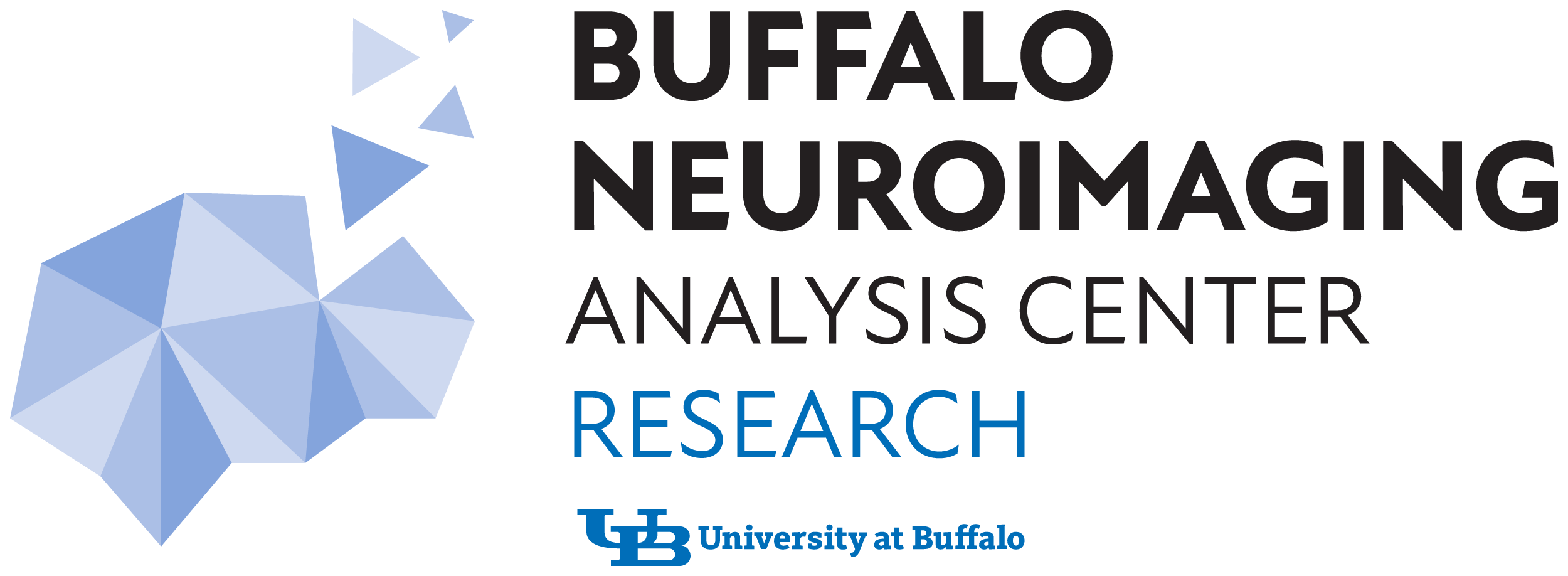'Usual Suspect’ lesions appear not to cause most severe disability in MS patients

 Brain lesions—areas of brain tissue that show damage from injury or disease—are the biomarker most widely used to determine multiple sclerosis disease progression. But an innovative new study led by the University at Buffalo strongly suggests that the volume of white matter lesions is neither proportional to, nor indicative of, the degree of severe disability in patients.
Brain lesions—areas of brain tissue that show damage from injury or disease—are the biomarker most widely used to determine multiple sclerosis disease progression. But an innovative new study led by the University at Buffalo strongly suggests that the volume of white matter lesions is neither proportional to, nor indicative of, the degree of severe disability in patients.
The results were reported in a poster session on Feb. 23, 2023 at the annual Americas Committee for Treatment and Research of Multiple Sclerosis (ACTRIMS) in San Diego.
The study compared two sets of 53 MS patients each, ages 30-80, who had the same sex and disease duration but vast and measurable differences in the extent of their physical and cognitive disabilities.
Lesions not a major driver of disability progression
“The absence of material differences in white matter brain lesion burden means this is not a significant driver of severe disability progression, despite the fact that many MS disease-modifying treatments are focused on slowing accumulation of white matter lesions,” said Robert Zivadinov, MD, PhD, principal investigator and director of UB’s Buffalo Neuroimaging Analysis Center and the Center for Imaging in UB’s Clinical and Translational Science Institute.
The results are from a first-of-its kind study led by UB that has begun to investigate why a small percentage of people with MS quickly become severely disabled while in others the disease progresses much more slowly.
The individuals in the severely disabled cohort are residents of The Boston Home in Dorchester, Massachusetts, a specialized residential facility for individuals with ad
vanced progressive neurological disorders including MS.
Each of them was then matched with a Buffalo-based “twin” of the same age, sex, and disease duration but who experienced far less cognitive and physical disability.
Called Comprehensive Assessment of Severely Affected – Multiple Sclerosis, or CASA-MS, the investigator-initiated, privately funded UB study is focused on identifying biomarkers and cognitive differences among people whose MS disability has become severe compared to others whose disease progresses slowly. More information about how the UB team decided to compare these two populations is available in a previous UB news release.
The question of what distinguishes people with severe MS from those who respond well to therapies and continue to live nearly normal lives for decades after
diagnosis has confounded patients, caregivers, and clinicians for too long, said Zivadinov.
“We couldn’t know what the CASA-MS study would show, because no one has done this research previously,” he said. “What we know now, is that the differences between the two groups we studied are striking, and striking in ways that may surprise many of us in this field. I am confident these findings open new doors for both people with severe disabilities as well as the promise of new insights for the millions more who worry where their disease may take them.”
Despite many available treatments for MS, a subgroup of patients, about 5-10 percent of the 2.8 million people with MS worldwide, will develop rapid and progressive, and ultimately severe disability at a relatively young age.
More gray matter loss
It is widely accepted that MS is characterized by the formation of brain white matter lesions. Yet in this study participants with severe MS disability showed significantly more gray matter loss in the cortex and thalamus compared to their less-disabled “twin.” Surprisingly, the loss of whole brain volume was comparable among both groups.
While lesion load in both groups was not materially different, the study revealed other important distinctions between the groups in brain scans and cognitive tests. Severely affected people exhibited lower efficiency in thalamic structural connectivity, meaning they demonstrated lower structural connectivity of the associated brain networks than their less disabled counterparts.
The study also concluded that members of the severely affected cohort showed more pronounced atrophy of the medulla oblongata—the connection between the brainstem and the spinal cord—which Zivadinov said serves, in this study, as a proxy for spinal cord atrophy.
“These findings suggest that severely disabled MS patients suffer from spinal cord atrophy, an irreversible state of degeneration or loss of spinal cord substance,” he said.
Special procedures for severely disabled participants
The study design included novel or modified techniques to accommodate the special needs of severely disabled participants.
The severely disabled group showed more advanced loss of neurons. Yet, rather than assessing axonal damage using traditional MRI, this was revealed by collaborating scientists at the University at Basel Switzerland led by professor of neurology Jens Kuhle, MD, PhD, who used special blood-based techniques that are less challenging to the severely disabled group.
Bianca Weinstock-Guttman, professor of neurology in the Jacobs School and co-principal investigator, noted that the study strongly suggests significant opportunities for more sophisticated MRI scanning as well.
“This study showed that novel 7T and PET scanning—techniques deployed specifically for this severely disabled patient population—may provide a better understanding of the pathophysiology of severe MS,” she said.
In addition to biomarkers using MRI scans, the study also examined cognition. As part of the cognitive analysis, CASA-MS participants were assessed using the newly developed screening tool called Auditory Test of Processing Speed (ATOPS) that uses only auditory stimuli. In a separate yet related ACTRIMS poster, it was reported that both groups completed this cognitive test at similar rates, a result that differs from traditional cognitive assessments that rely on physical, visual, or verbal cues and responses. Therefore, this research suggests that the ATOPS tool will prove especially helpful in characterizing and monitoring cognitive function in previously untestable people with severe MS disabilities.
Patient-centered approach
The idea to compare two groups of MS patients differentiated by the severity of their disability started with Larry Montani, chair of the Advisory Council of BNAC, whose sister Mary Jo was a resident at The Boston Home. He urged Zivadinov and members of his research team to travel to Boston and meet the residents.
Montani said that, “what was intended to be a ‘mission moment’ immediately became much more; you could see the wheels turning as soon as Dr. Zivadinov and his team met the residents of The Boston Home.
“Dr. Zivadinov’s focus on the patient is what made this possible,” said Montani. “His patient-centered approach leads to research that is highly relevant, validated, and pursued with an urgency to find answers that offer hope. The CASA-MS study breaks new ground in all these ways for people like my sister whose vibrant minds and gracious hearts are trapped in a severely disabled body,” said Montani.
According to co-principal investigator Ralph H.B. Benedict, PhD, professor of neurology in the Jacobs School, and a collaborator on the study, CASA-MS points to the value of new hypotheses and research focused on a better understanding of people with severe MS disability.
“Clinical trials exploring disease progression are likely to emerge from this unusual examination of this rarely-studied population,” said Benedict. “There is so much more to learn, and I can’t imagine a more deserving community of ready and willing study participants.”
Boston Home chief executive officer Christine Reilly said: “For most of these incredible volunteers, participation in this study took extraordinary effort and patience, but they never hesitated. What we found so touching and revealing was that so many of the participants from each cohort wanted very much to meet their ‘twin’—the person from the other cohort of the same age, sex, and disease duration—whose MS experience is so dramatically different. The sheer humanity of that desire to connect is truly amazing.”
In addition to Zivadinov, Weinstock-Guttman, and Benedict, UB co-investigators in the Jacobs School are Dejan Jakimovski, MD, PhD, research assistant professor of neurology; Niels Bergsland, PhD, assistant professor of neurology; Michael G. Dwyer III, PhD, associate professor of neurology and bioinformatics; Ferdinand Schweser, PhD, associate professor of neurology and biomedical engineering; Zachary Weinstock, MD, PhD candidate; and Taylor Wicks, MSc candidate in the Jacobs School and BNAC. Murali Ramanathan, PhD, professor of pharmaceutical sciences in the UB School of Pharmacy and Pharmaceutical Sciences, is also a co-investigator.
Also named as collaborators on the ACTRIMS poster are Tommaso Sciortino, Christopher Suchan, Jessica Reilly, Cheryl Kennedy, David Young-Hong, Svetlana Eckert, David Hojnacki, and Jens Kuhle. The Boston Home collaborators are Alex Burnham, director, TBH institute and rehabilitation services, and Mark Ostrem, MD, medical director.
Partial funding for this study has been provided by the Annette Funicello Research Fund for Neurological Diseases and private donations to the BNAC in the Jacobs School. Contributions can be made at the University at Buffalo’s CASA-MS donor page.

 Watch the NeurologyLive video interviews with Dr. Zivadinov at ACTRIMS Forum 2023.
Watch the NeurologyLive video interviews with Dr. Zivadinov at ACTRIMS Forum 2023.
